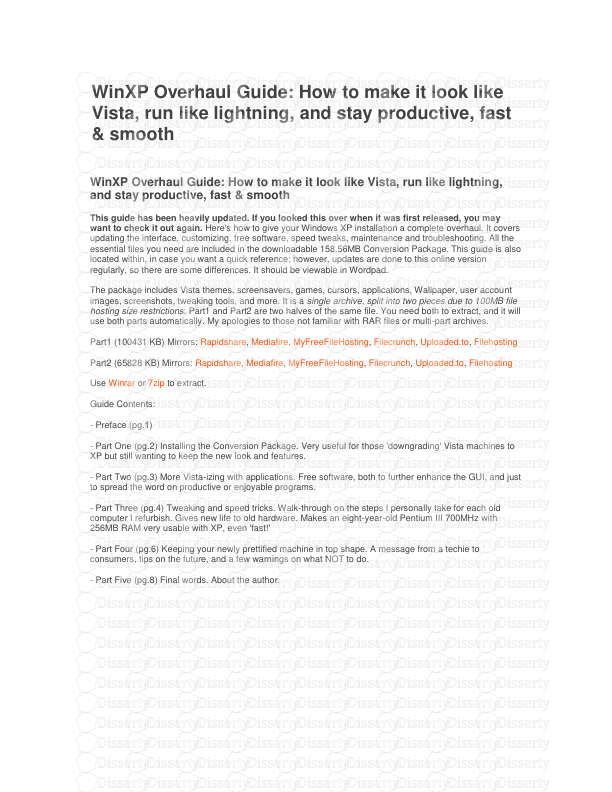Kindergarten curriculum guide
K TO ?? KINDERGARTEN I INTRODUCTION ??The ?rst years of life are important because what happens in early childhood can matter in a lifetime ? Harvard The Department of Education DepEd having been a strong advocate of early childhood education has implemented various programs for preschoolers for decades now The Department further strengthens this through the inclusion of kindergarten in the K to basic education curriculum in the country DepEd believes Kindergarten is a transition stage between informal literacy and formal literacy grade - This is the period of greatest growth and development when the brain develops most rapidly almost at its fullest It is a period when walking talking self- esteem vision of the world and moral foundations are established Children at this stage should be immersed with activities games and plays to naturally acquire the skills competencies appropriate for their holistic development as emergent literates and be ready for formal school According to National Association for the Education of Young Children NAEYC kindergarten is a critical year where children ? s experiences nurture positive approaches to learning and prepare children for the more rigorous academic expectations of the primary grades NAEYC Therefore kindergarten teachers should guide the learners using an engaging and creative curriculum that is developmentally appropriate Republic ACT also known as the Kindergarten Education Act which was signed into law by President Benigno Aquino III on Jan makes kindergarten ??the ?rst stage of compulsory and mandatory formal education ? For public schools the kindergarten education program will be free of tuition and other school fees With the Kindergarten Education Act the kindergarten education program will be comprised of one year of preschool education for children aged ?ve and above The act also pushes for the conceptualization and development of a regular training program for kindergarten teachers to ensure that teaching styles methodologies and approaches are always in line with modern trends in and issues on education K to Curriculum Guide - Kindergarten ?? version as of January CK TO ?? KINDERGARTEN The framework is composed of two parts The rectangular ?gures show the teaching-learning theoretical bases beginning with the comprehensive Developmentally Appropriate Practices DAP then moving up to the principles and leading to the approaches The circle consists of three main components Developmental Domains Learning Areas and the Curricular Themes At the center is the Filipino child who is envisioned to be functionally literate and holistically developed A PRINCIPLES A developmentally appropriate curriculum is one that is age- appropriate individually appropriate and socio-culturally appropriate NAEYC This Kindergarten framework considers the developmental benchmarks of Filipino ?ve-year-olds recommends the use of strategies that address needs and interests of the learners and uses the mother tongue as medium of instruction Kindergarteners are constantly developing in the di ?erent domains cognitive language physical creative and aesthetic socio-emotional and values and character The National Early Learning Framework NELF formulated by the Early Childhood Care and Development Council views the Filipino Child as the most important asset of the nation NELF furthers
Documents similaires










-
78
-
0
-
0
Licence et utilisation
Gratuit pour un usage personnel Aucune attribution requise- Détails
- Publié le Fev 03, 2022
- Catégorie Literature / Litté...
- Langue French
- Taille du fichier 31.7kB


